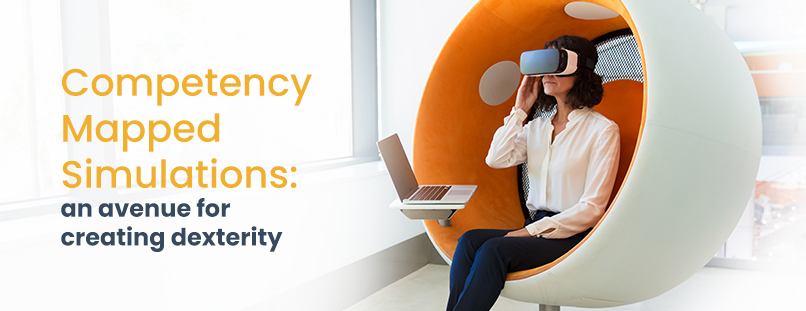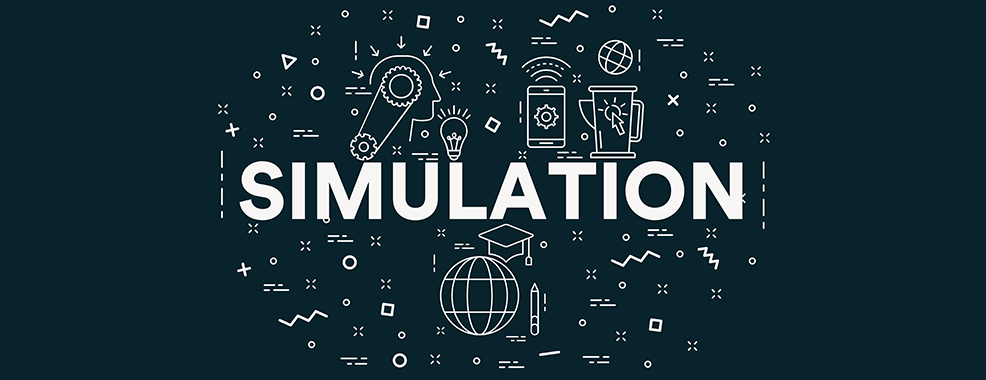Skill Development and Capacity Building are the two catchphrases for this decade of societal transformation. In the past few years, unemployable educated youth has emerged as a global problem, causing huge productivity loss for corporations and rising unemployment rates for the governments. Employers in many countries report that a lack of skilled workers is a major and increasing bottleneck for their operations, affecting their capacity to innovate.
Governments are working tirelessly to bridge the gap between academics and employability by bringing in several vocational training and skill development initiatives. Under these programs, specialized trainings are imparted to develop employable youth. These initiatives have also helped the skilled workforce acquire formal education and join the organized sector. The role of the International Labor Organization (ILO), large corporations under CSR, UN organization, non-profits and last-mile standing volunteers is equally commendable in making skill development a mission to uplift the lives of the downtrodden.
Huge fund allocations and public-private partnerships positively impacted the enrollments. Annual employer surveys are conducted to fetch policy-relevant data and enable a better understanding of skill requirements in the labour market. However, the data aggregated and normalized from multiple sources suggests that despite the huge demand-supply gap, only about 7-8% of youth get placed after completing these skill development programs.
The solution:
An in-depth analysis of the current state suggests the following key points to address this huge problem:
Aligning skills inventory to industry and associated job roles – Though it exists in some form, but a relook and realignment in association with industry bodies are critical as businesses now look for multi-skilled employees that give them the ability to adapt to dynamic changes in the market.
Revamping curriculum – Courses need a thorough relook with more focus on applying the knowledge acquired. Anything not limited to basic classroom training can teach the learners’ brains to not need that constant movement they are accustomed to.
Reskilling/Upskilling the teachers – Regular teachers need a foolproof continuous learning and assessment training on new-age industry competency matrices, job roles, and associated critical and non-critical competence requirements to modify the curriculum, further making learners more employable.
Collaborating industry and teachers – To enable teachers to understand the real-world application of knowledge, SOPs, Case Studies, and Scenarios in order to reflect the cultural, technological and social realities of the present-day society and bring theory closer to its real-world application.
Assessing job-relevant skills – Assess and evaluate students against job-specific scenarios that are mapped with the required competencies instead of screening them based on regular aptitude tests to derive job readiness.
Encouraging industry to suggest remedial interventions – Besides just screening the student for a given job role, if the industry defines the remedial actions against each level of demonstrated proficiency, then time to bridge the hiring and competence gap can be significantly reduced.
Facilitating multi-company interview panels – Promote better employment opportunities, labor mobility and pay packages by moving towards a more flexible, efficient, and secure labor markets.
Encouraging entrepreneurship, innovation and giving back – Create an environment that encourages and rewards investments in knowledge and creativity. Students must be encouraged to become knowledge creators by sharing their on-job experiences, scenarios, and challenges to improve the curriculum further and enhance the job-readiness index.
Integrating digital infrastructure – An integrated digital environment can bridge many gaps in the current state and has the potential to produce a competent workforce by unifying the different elements, such as consolidating teachers’ training, overall curriculum, job-specific competency mapped training and assessment, industry-institution-teacher-student interaction, competency mapped virtual proctored interviews, demonstrated skill level and job readiness index, and remediation actions recommendation based on current proficiency level.
However, finding that one platform with all these key features seems like an impossible task but EasySIM has it all. The platform was invented with the very purpose of creating an employable workforce.
We believe in giving back to our society and hence, we would like to open EasySIM for Federal and State governments, UN bodies, NGOs, Universities/Colleges/Vocational Institutes, and Volunteers to come and leverage it to increase the outreach and effectiveness of their skill development and capacity-building initiatives.
Book a live demo to discover the platform yourself, Request Demo.






























